In 2013, a proposal to initiate Europe’s largest gold and silver mining project in Roșia…
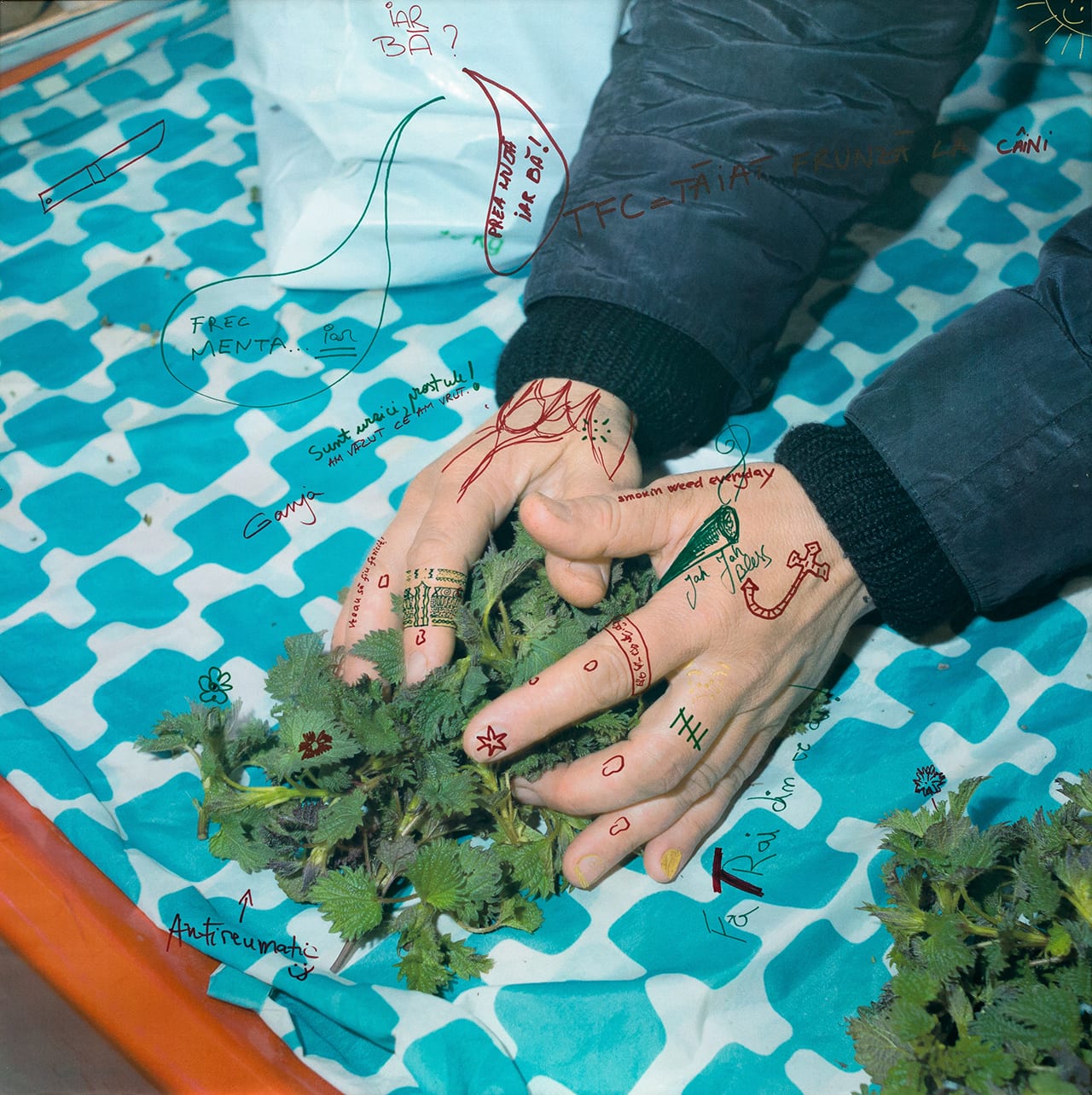

In 2013, a proposal to initiate Europe’s largest gold and silver mining project in Roșia…
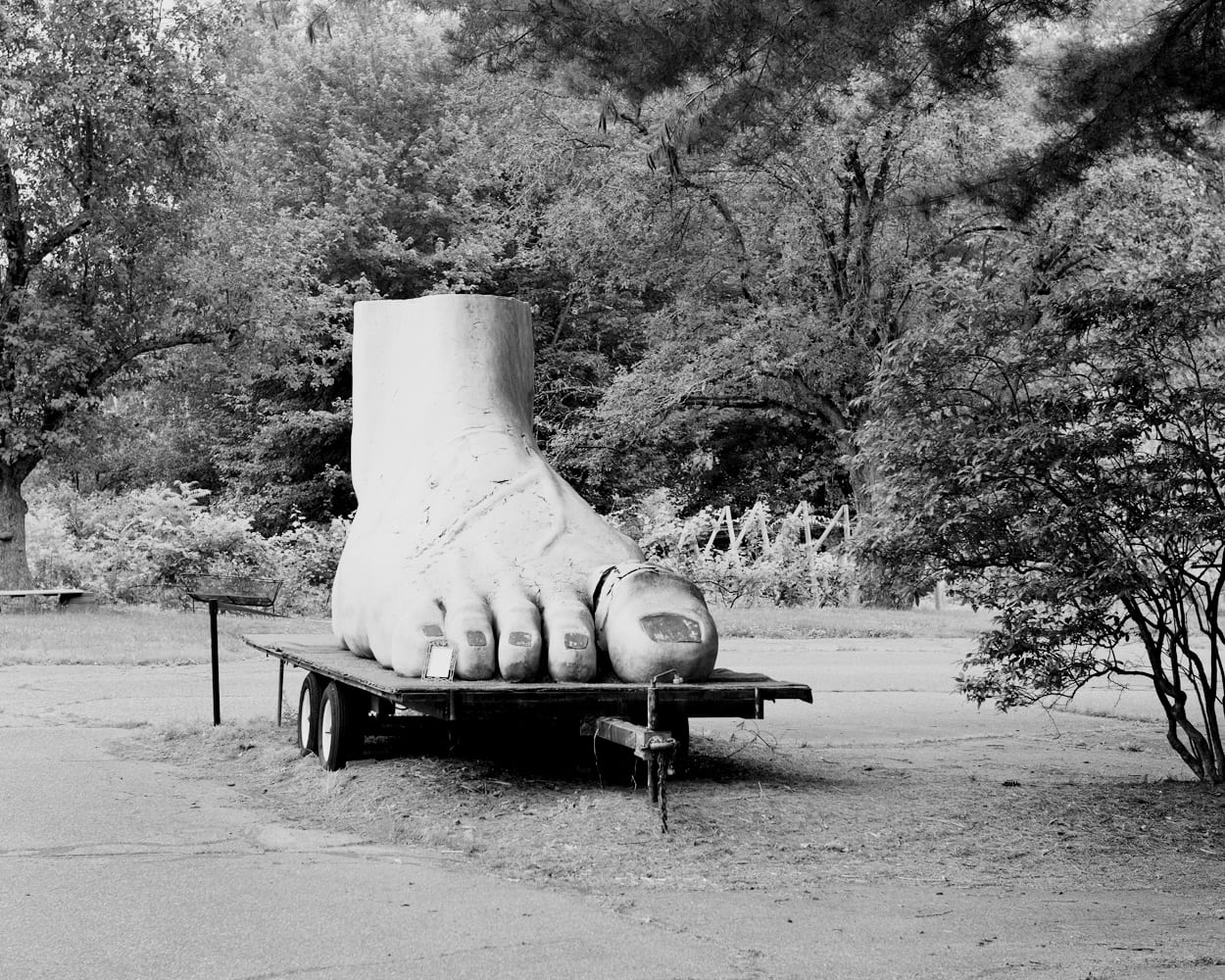
Think of a horror or thriller, and you may think of the happy first half hour or so when everything seems to be going just fine. The Stepford Wives’ town initially seems like it’s perfect; The Vanishing opens with a couple going on a holiday. It’s only later that the tone takes a turn for the worse, before descending into something more substantially scary. That shift is something the residents of Amherst, Massachusetts seemingly live in fear of, because – while on the face of it their small town is an idyll – they’re constantly on the alert.
“7.32pm – Residents at The Boulders complained about a man yelling out the window in a foreign language,” reads a police report published in the local paper, the Amherst Bulletin. “The man told police he was just stating his excitement for the dinner he was about to eat.” “5.53pm – A woman called police after being approach by a photographer in downtown who asked if he could take pictures of her feet,” another reads. “The photographer was not located.”
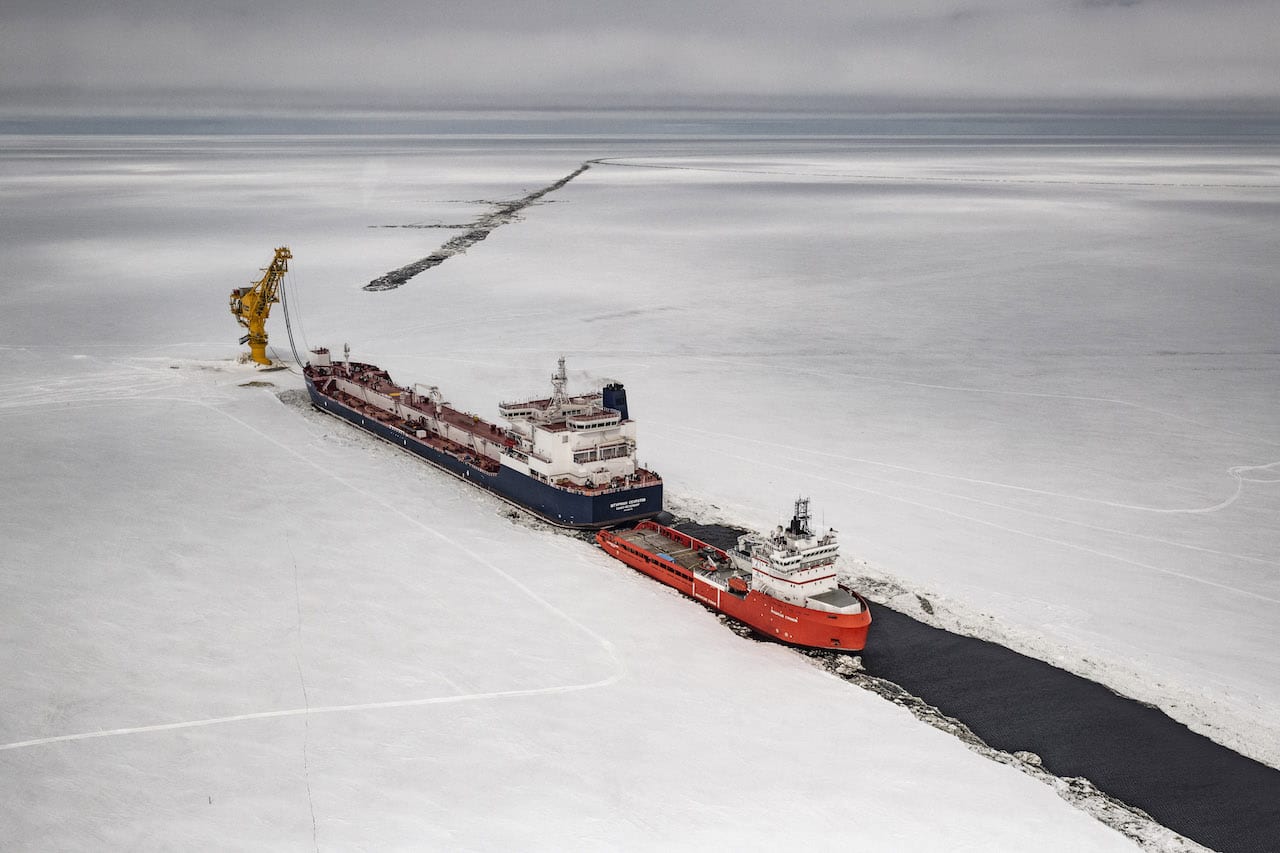
The Arctic circle is warming twice as fast as the rest of the world. According to the National Oceanic and Atmospheric Administration, for the past five years Arctic air temperatures have exceeded all records since 1900. If temperatures continue to rise, scientists expect that the North Pole will be ice-free in summer by 2040.
Ice reflects sunlight while water absorbs it, so less ice means even higher temperatures. But the consequences of disappearing sea ice in the Arctic are more complicated than the obvious impact it has on our global climate. Less ice provides new routes for maritime shipping, and opens up new areas for the exploitation of fossil fuels, transforming the region into a strategic battleground for countries with vested interests – not to mention indigenous villages whose livelihoods are threatened by rising sea levels.
Photojournalists Yuri Kozyrev and Kadir van Lohuizen, who are both represented by NOOR, travelled through the Arctic circle, documenting the startling, and often complicated, effects of Arctic climate change. Arctic: New Frontier is the product of the ninth edition of the Carmignac Photojournalism Award, which each year funds a new investigative photo reportage on a humanitarian and geopolitical issue. An exhibition of over 50 photographs and six videos will be displayed at London’s Saatchi Gallery from 15 March until 05 May.
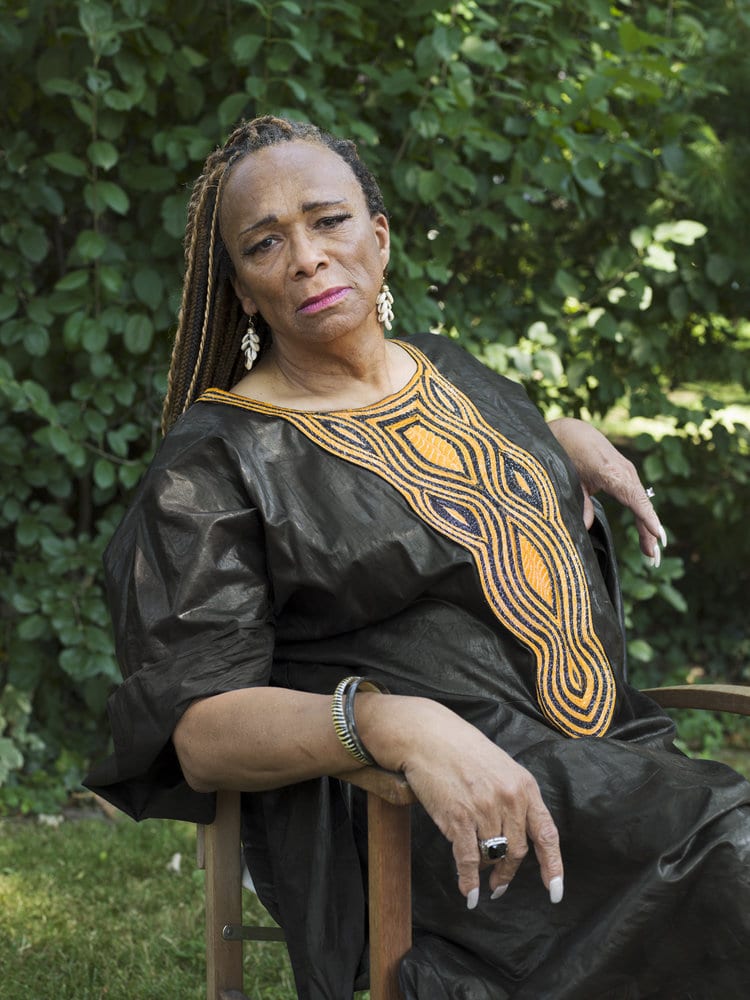
When photographer Jess T. Dugan was 13, she started to question her identity. Over the…
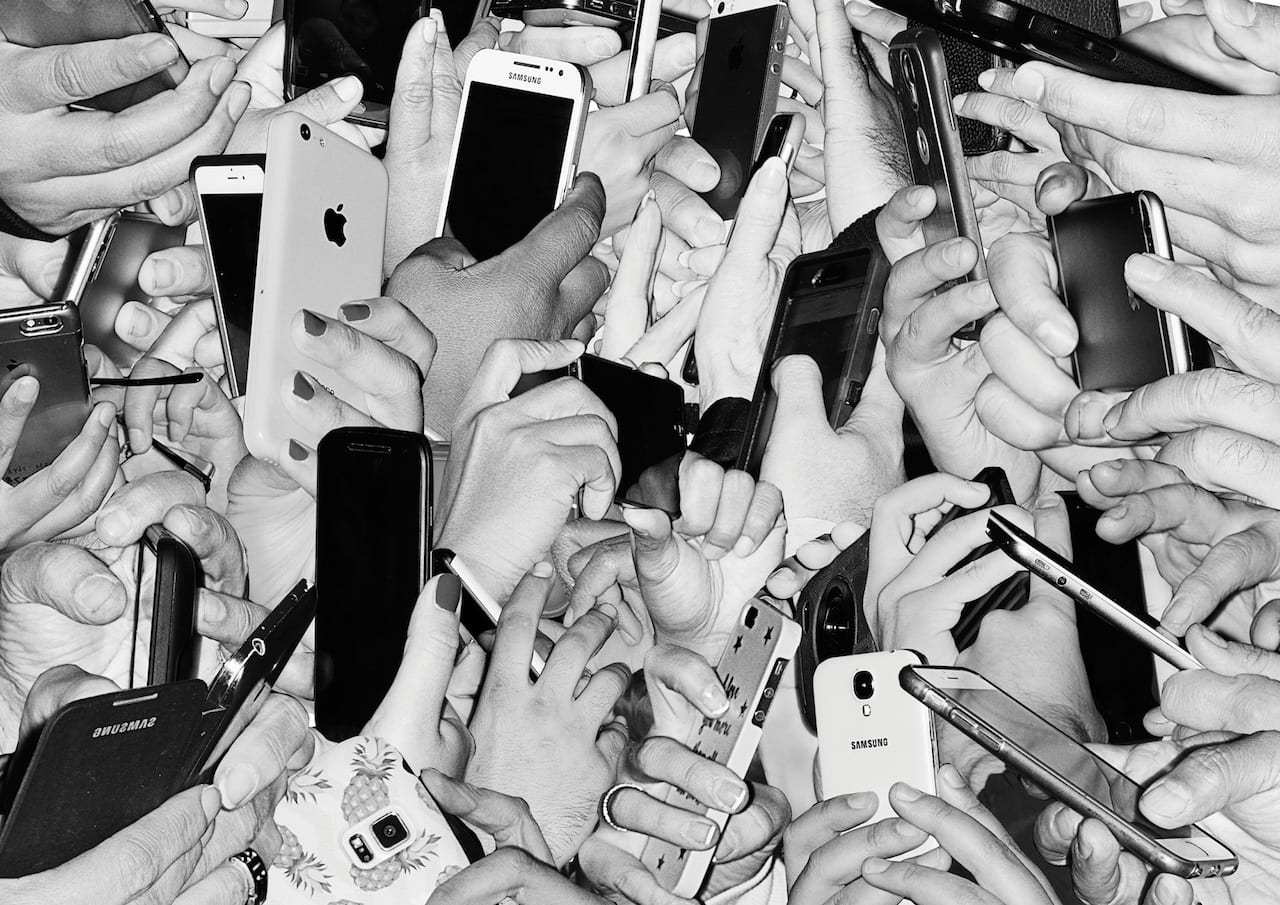
Over the last decade, Hiro Tanaka has published two photobooks – Dew Dew Its and Chicharron, which won the 2018 Cosmos Arles PDF Award. He has exhibited globally in group shows and photo festivals, and toured the world with punk and hardcore rock bands, where he is often spotted deep in a mosh-pit, camera pumping in the air. But before all that, he was working nine-to-five as a computer technician in Tokyo, Japan, with no interest in photography. Tanaka’s whole career sprouted from a string of unexpected coincidences, beginning with a free flight to America.
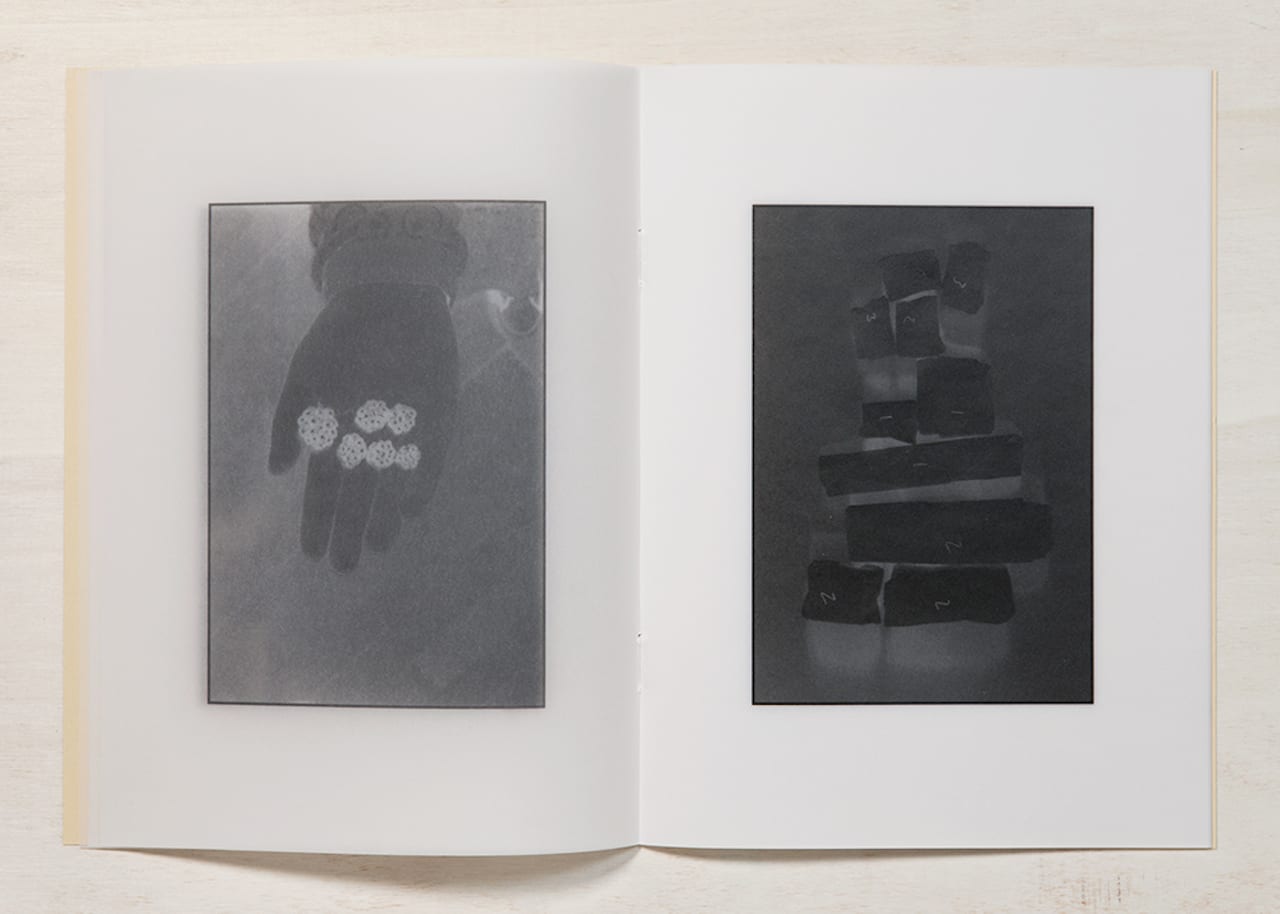
Clare Strand’s latest project presents a series of negatives printed onto translucent paper. “The offer’s there,” says Strand, “People can make their own prints and then they have the images themselves, or they can keep the book as it is. The negatives have a physicality to them – they have their own aesthetic – so it’s not a redundant object if you don’t use them”.
Strand’s zine is the 24th edition of Angle 1-90°, a 90-part project by Norwegian book publisher Multipress. Each zine is made by a different artist who presents their own unique angle on the world through photography. Multipress will continue to produce four zines a year until they reach 90°.
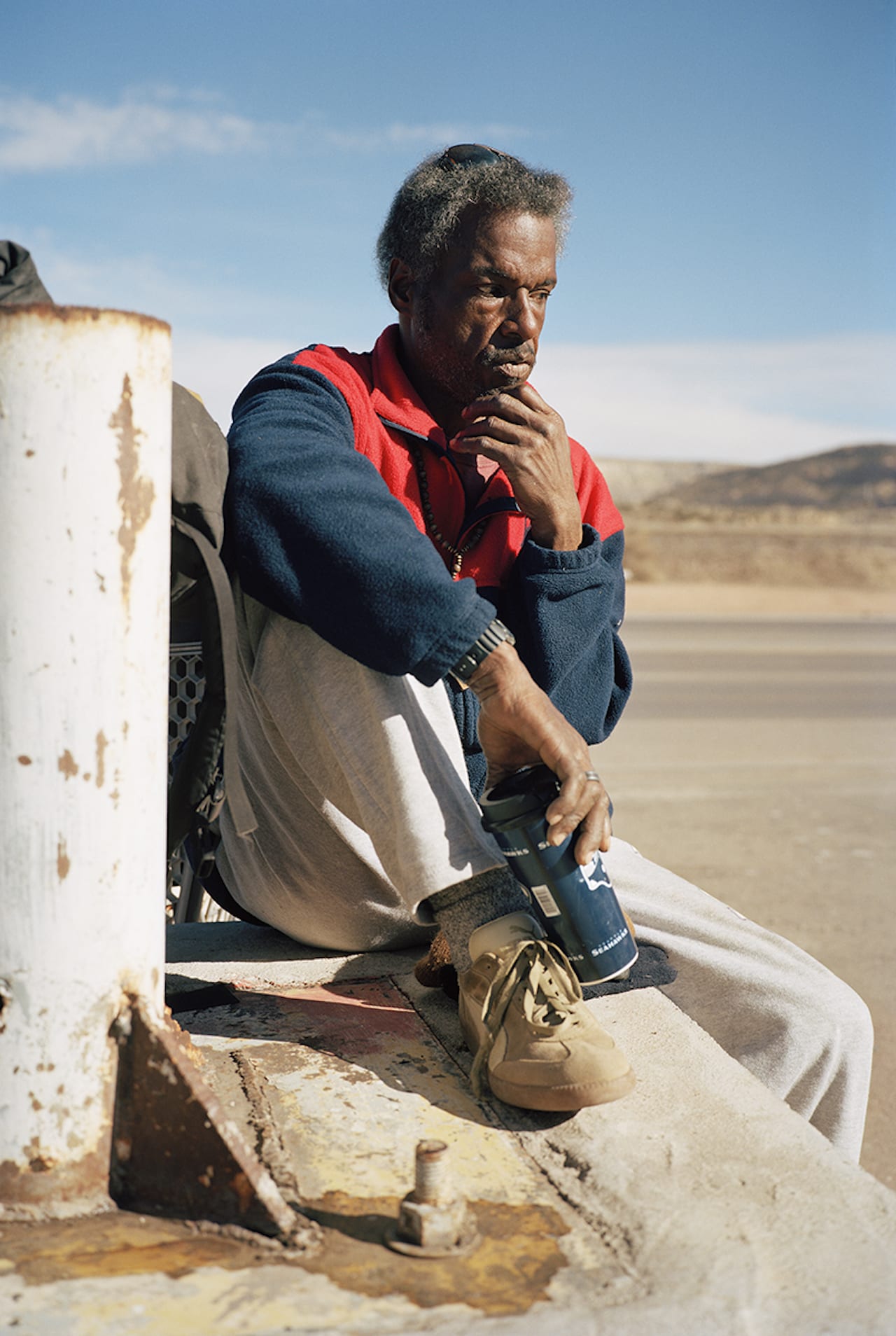
“If we don’t look at them, or if we try to sanitise it, then it’s not honest to this brutal experience of being homeless,” says Danish photographer Thilde Jensen, who is currently raising funds to publish an impressive four year project on homelessness in America, The Unwanted. Shot over four years in four American cities – Syracuse, Gallup, Las Vegas, and New Orleans, Jensen is currently raising funds on kickstarter to publish the project as a book, which will include 120 colour images, as well as a poem by Gregory George – a homeless man she met in New Orleans – and an essay by Gerry Badger.
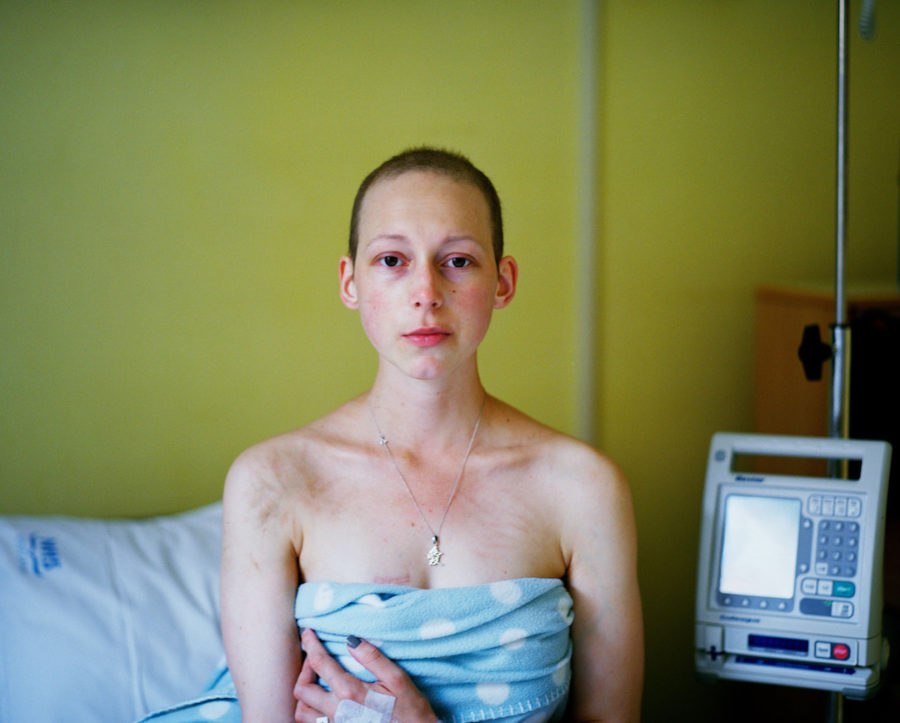
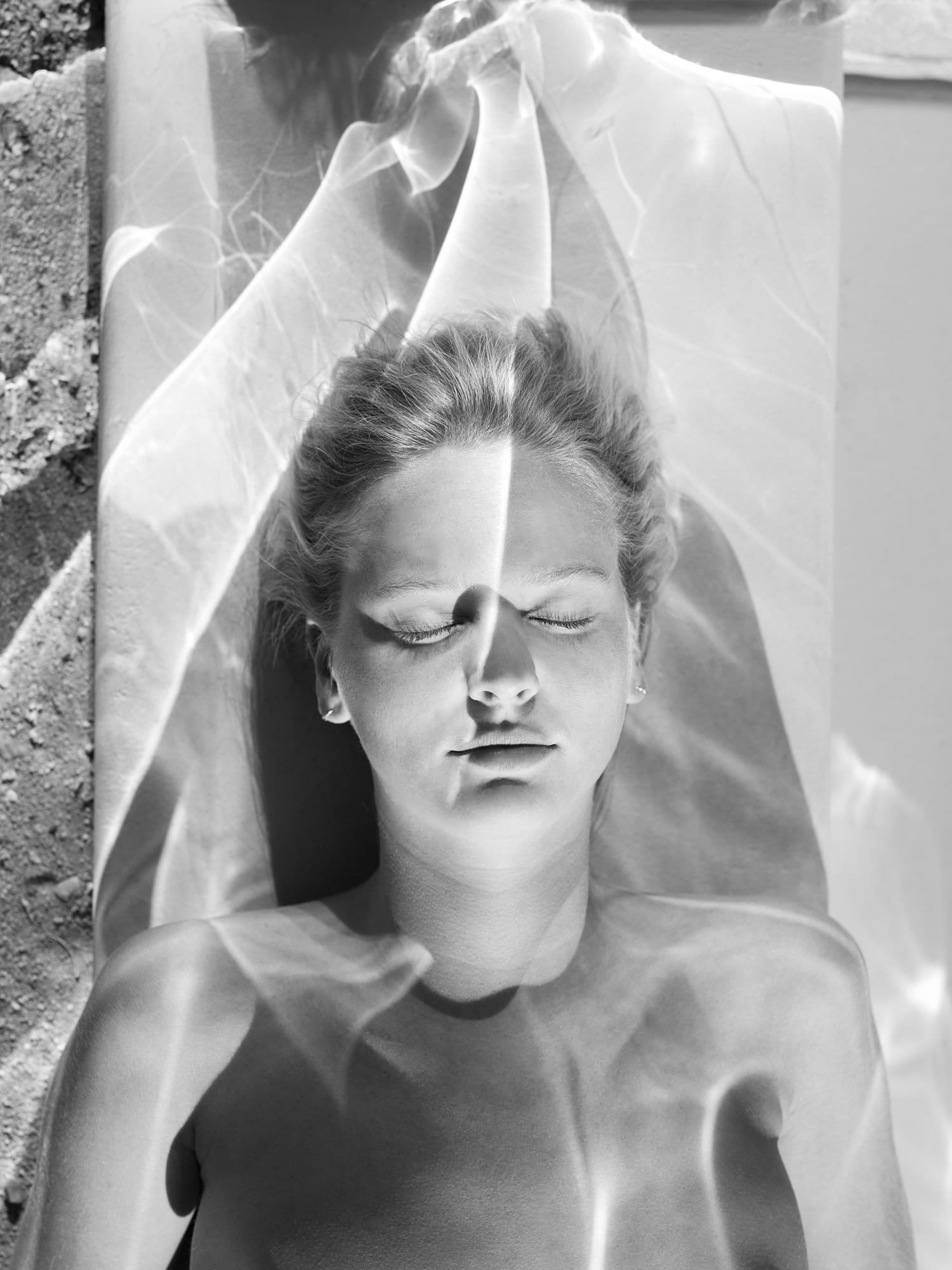
“I got into photography because I’m a little restless, and I liked that it was fast,” says Brazilian photographer Mona Kuhn, who has just published her sixth book with Steidl, She Disappeared Into Complete Silence. Even so, the speed of photography haunted her, as Kuhn feared that her photographs would be consumed then discarded – like so many of the magazines she read and tossed away. “I wanted to stop time with photography,” she says. “That’s another reason I got into nudes, for the timeless aspect.”
She Disappeared Into Complete Silence is an experimental project shot in Acido Dorado, a reflective house in the middle of the Californian desert designed by American architect Robert Stone. Inside it are mirrored ceilings and walls, which refract sheets of golden desert light that flood the house. Here, Kuhn presents a solitary nude on the edge of the desert, removed from any symbols of time, creating “an abstraction of being,” and “a space where our mind resides”.